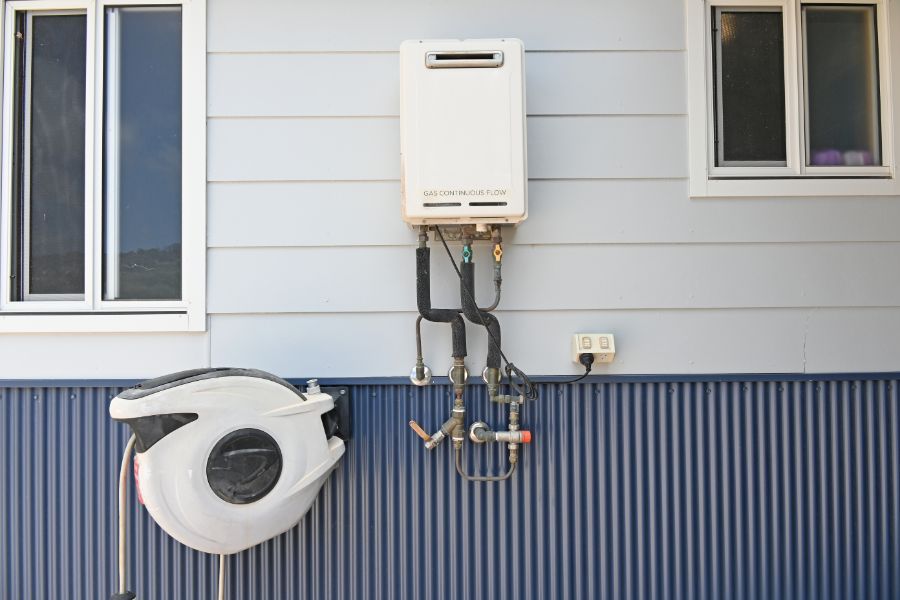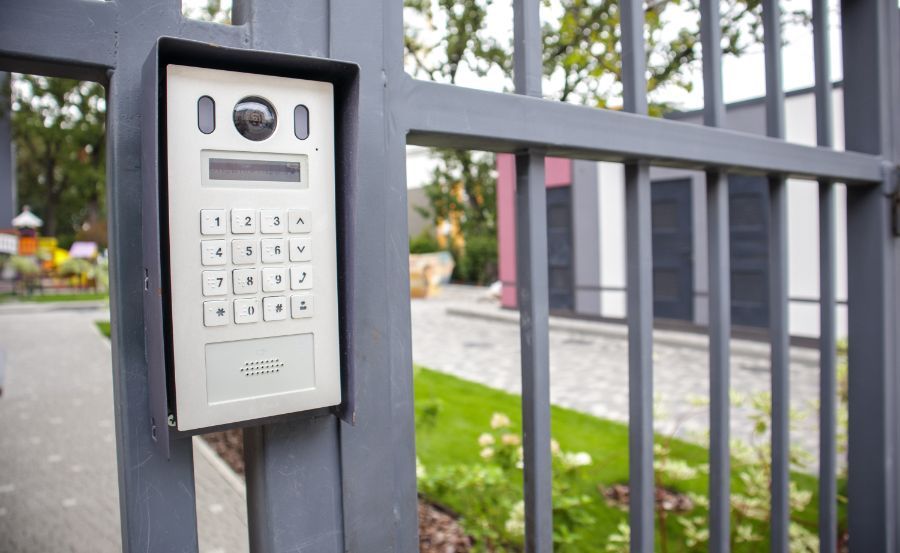Do You Have A Tankless Water Heater? Do This Maintenance Item Now

Tankless water heaters are one of the more convenient and cost-saving upgrades a landlord can do to their rental property, however, this is only the case if the tankless water heater is being maintained properly. One critical task that is often overlooked by landlords is flushing and descaling the heat exchanger. Understanding why this matters and how to manage it can help you protect your investment and avoid complaints from your tenant.
Below, we’ll go over why flushing your tankless water heater is important and what signs to look out for when inspecting your tankless water heater.
Importance of Flushing a Tankless Water Heater
Tankless water heaters are an intelligent investment, as they’re significantly smaller than traditional water heaters, energy efficient, and long-lasting when properly maintained. If not maintained properly, even the best units may quickly fail. Flushing and descaling your tankless water heater is essential preventative maintenance. Southern California is known for having hard water, which is water that contains elevated amounts of dissolved minerals like calcium or magnesium. Over time, these minerals build up within the heat exchanger, which leads to restricted water flow. This reduces heating efficiency and may even cause the system to overheat and shut down entirely.
By overlooking this maintenance, you can significantly reduce the lifespan of the unit, which can cost thousands in early replacements. Additionally, your tenants will likely complain about the inconsistency in water temperatures or the noise coming from the unit before
major repairs are needed. It's important to know how hard the water in your rental property is, as this determines how often you should flush and descale your tankless water heater. Generally, it should be done once a year, though for homes with harder water, it should be done every six to nine months.
How It’s Done
If you’re an investor who prefers to do things themselves, the flushing process isn't too complicated. However, it does require specific tools, patience, and care. Flushing is typically done using a bucket, hoses, a submersible pump, and commercial descaling solution or vinegar. The bucket is filled with the solution, hoses are installed onto the cold water inlet and the hot water outlet. After circulating the cleaning solution for up to an hour, a clean-water rinse is necessary to remove any leftover residue.
For those DIY inclined landlords and onsite managers, a flush kit and a simple step-by-step guide make the maintenance easier. Although many landlords, especially those with growing portfolios, prefer to hand this job to professionals. As many landlords would rather invest their time in other projects, professionals can provide documentation and warranty on their work.
Signs of Neglect
Like most core system maintenance, descaling and flushing your tankless water heater shouldn't be left for the tenant to do, as they may ignore the signs or damage the water heater accidentally due to a lack of experience. When inspecting the property, pay attention to signs such as how fast water heats up, error codes on the unit, or fluctuations in water temperatures. Preventative maintenance on your tankless water heater doesn't just prevent breakdowns, it supports tenant satisfaction and reduces long-term operational costs.
As previously stated, Southern California is well known for having hard water, meaning this preventative maintenance can be the difference between frequent maintenance requests and reliable long-term performance.
Flushing and descaling your tankless water heater is the most important maintenance item you can do for it. While being a small effort, it can prevent major issues while keeping your tenants satisfied. If you’re having a hard time doing it yourself or you need help managing your Beach City rental property, we invite you to call us today at (562) 888-0247 or complete our
Owner Application online.





